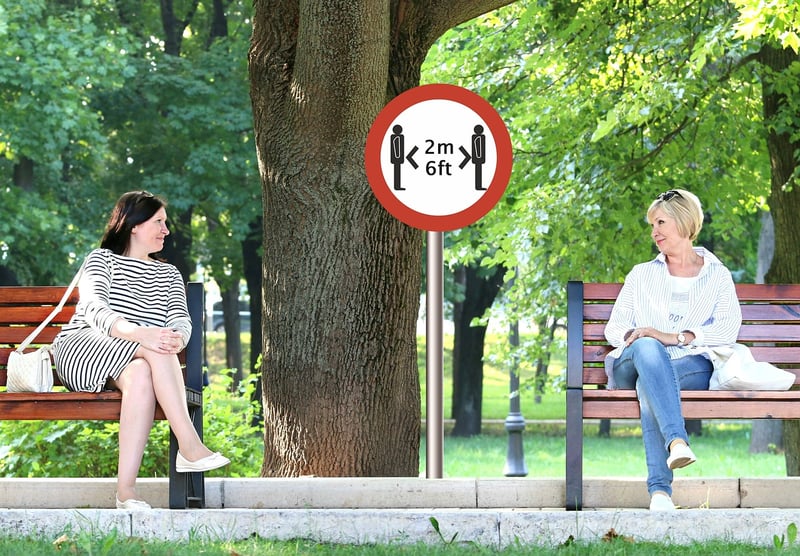Safety Guidelines
Planning Like a Pro: Safety Guidelines
Planning an event can be a thrilling experience, but it also comes with a great deal of responsibility. Ensuring the safety of all attendees should be a top priority for any event organizer. Here are some essential safety guidelines to help you plan like a pro and create a secure environment for everyone:
1. Conduct Risk Assessments
Prior to the event, conduct thorough risk assessments to identify potential hazards and assess the level of risk associated with each. This will allow you to implement appropriate safety measures to mitigate any risks.
2. Emergency Response Plan
Develop a comprehensive emergency response plan that outlines procedures for various scenarios such as medical emergencies, natural disasters, or security threats. Ensure all staff members are familiar with the plan and know their roles in case of an emergency.
3. Crowd Management
Implement crowd management strategies to avoid overcrowding and maintain order during the event. Clearly mark emergency exits, establish designated meeting points, and consider crowd control measures if necessary.
4. Health and Hygiene Measures
Provide adequate sanitation facilities, such as hand sanitizing stations and restroom facilities. Encourage attendees to practice good hygiene and consider implementing health screening measures if required.
5. Communication Channels
Establish reliable communication channels to keep attendees informed of any safety announcements or updates during the event. Utilize signage, PA systems, or mobile notifications to relay important information.
6. Security Measures
Coordinate with security personnel or local authorities to implement appropriate security measures based on the scale and nature of the event. Conduct bag checks, install surveillance cameras, and assign security staff to key areas.
7. Training and Briefings
Provide adequate training to staff members and volunteers on safety procedures and protocols. Conduct pre-event briefings to ensure everyone is aware of their responsibilities and knows how to respond in case of an emergency.
8. Post-Event Evaluation
After the event, conduct a thorough evaluation to assess the effectiveness of your safety measures and identify areas for improvement. Gather feedback from attendees and staff to learn from the experience and enhance future event safety.
By following these safety guidelines and adopting a proactive approach to event planning, you can ensure a safe and enjoyable experience for all attendees. Remember, safety always comes first!

For more event planning tips and resources, visit Eventbrite's Event Planning Tips.
